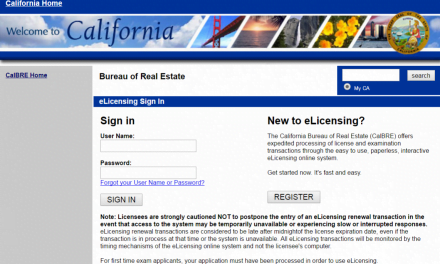Apartment tenants’ average income has significantly increased nationwide since 2010. In 2010, 65.2% of tenants earned more than $40,000 per year. 26.2% earned over $75,000 per year.
At the end of 2012, the percentages grew to 76.5% and 41.2%, for the respective wage levels. These are dramatic numbers representing the demands of a more mobile population.
Rents are similarly skyrocketing. This is especially true in San Francisco and the surrounding Bay Area where some units are seeing double-digit percentage increases over the past few years.
A change in consumer preference is one driving force behind this development. Renters today, many of whom are former owners, are more willing to pay increasing rents as opposed to taking on the burden of a mortgage and homeownership.
While moving upward, tenants are renewing their leases less frequently. In most rental markets in the country only 57.5% of tenants plan to renew their lease on expiration — a three-year low. This suggests tenants are pickier about the quality of their units and area amenities, and hold mobility in high regard.
Related article:
first tuesday insight
Pinning the increasing wealth of renters to a change in consumer preferences is the wishful thinking of landlords and property managers. The fact of the matter is the mass defaults of the financial crisis forced owners out of their homes and into rentals. And now, the return to mortgage lending fundamentals is keeping them there, for the time being.
The homeownership rate has fallen by almost six percentage points since the peak of the housing boom in 2006, according to the U.S. Census Bureau. These displaced homeowners move to rentals (increasing rental demand and thus, rent) and take their middle class income flow with them (increasing renter income levels).
Many of these would-be return owners are locked out of the market due to the credit hits of short sale and foreclosure. Those who can repair their credit scores the fastest are locked out of the housing market for an average of five years. Others are locked out even longer.
Related article:
Will foreclosed homeowners and short sellers return to homeownership?
New buyers are similarly locked out due to returning lending standards with down payment requirements. The pool of potential first-time buyers (25-34 year olds) has grown by 10% since 2006 according to the U.S. Census Bureau. Yet, they are having no visible effect on home sales volume.
This could be preference, but money talks. Mortgage interest rates are at an all-time low, and prices are back to mean price levels not seen in 15 years. This creates an environment of never before seen buyer purchasing power.
This financial environment also reduces the time it takes for ownership to pay off, an economic incentive to buy. Incentives matter since people respond to them. So something else is keeping first-time buyers out of the market. One thing that has changed is the return to mortgage lending standards.
Related article:
“I’m convinced!” Showing buyers the benefits of homeownership
If renting was really coming into fashion as landlords would like us all to believe, everyone would be trying to get their hands on a flashy downtown rental flat, even the rich. But, the rich aren’t leaving the ownership market. In fact, they are the primary source of occupying buyers at the moment. Likewise, the average size of a newly constructed home is increasing, according to the 2011 American Housing Survey,. It isn’t that people don’t want to buy anymore, it is that only the richer are able to.
The American Dream hasn’t been lost on the majority, it has just been postponed, and landlords are benefiting for the moment. Eventually, the individual income levels will rise. Foreclosed homeowners will heal their credit scores. The younger Generation Y will have saved up enough cash to meet increasing down payment requirements. Then, the demand for rentals will start to fall. This all takes time, three, maybe five years.
Re: “Apartment renters getting richer: average income rising” from The Business Journals














